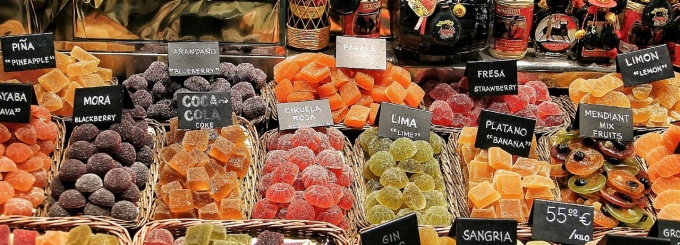Spanish

¡Hola!
Spanish is not only the official language of Spain, but also Mexico, Central America, the Caribbean islands of Cuba, Puerto Rico, the Dominican Republic and most of South America. With approximately 410 million speakers, it is the fourth most common spoken language on the planet.
Spanish is the language of great writers such as Miguel de Cervantes, Sor Juana Inés de la Cruz and Gabriel García Márquez; of artists such as Diego Velázquez, Pablo Picasso, Frida Kahlo and Diego Rivera; and of filmmakers such as Luis Buñuel and Guillermo del Toro. Today, Spanish-speaking countries are culturally diverse and celebrated not only for their literature, art and films, but also for music, dance, cuisines and athletic achievements. Spanish is a key asset for almost any career students wish to pursue, from education, medicine and law to business, government, international affairs and travel and tourism.
The U.S., where Spanish is spoken by over 41 million people, is officially the second-largest Spanish-speaking country in the world!
Academics
The RLL Spanish program commits to an interdisciplinary perspective, reflected in the opportunity to explore the Hispanic world through literature, films and works of art, and through history and cultural studies. We also encourage and offer opportunities for students to study abroad in a wide range of Spanish-speaking countries.
Undergraduate students (major or minor) may fulfill the UB Curriculum Global Pathway: Language and Culture Track in Spanish by starting at their current level of proficiency, from introductory to advanced intermediate (course names begin with SPA), and taking nine credit hours. The undergraduate program offers a full range of language classes and advanced coursework studying Hispanic culture and linguistics from the Middle Ages to the 21st century, from wherever Spanish is spoken. Graduate students may pursue a master's or doctoral degree in one of three concentrations: Spanish Peninsular or Spanish-American literature and culture, or in Hispano-Linguistics.











